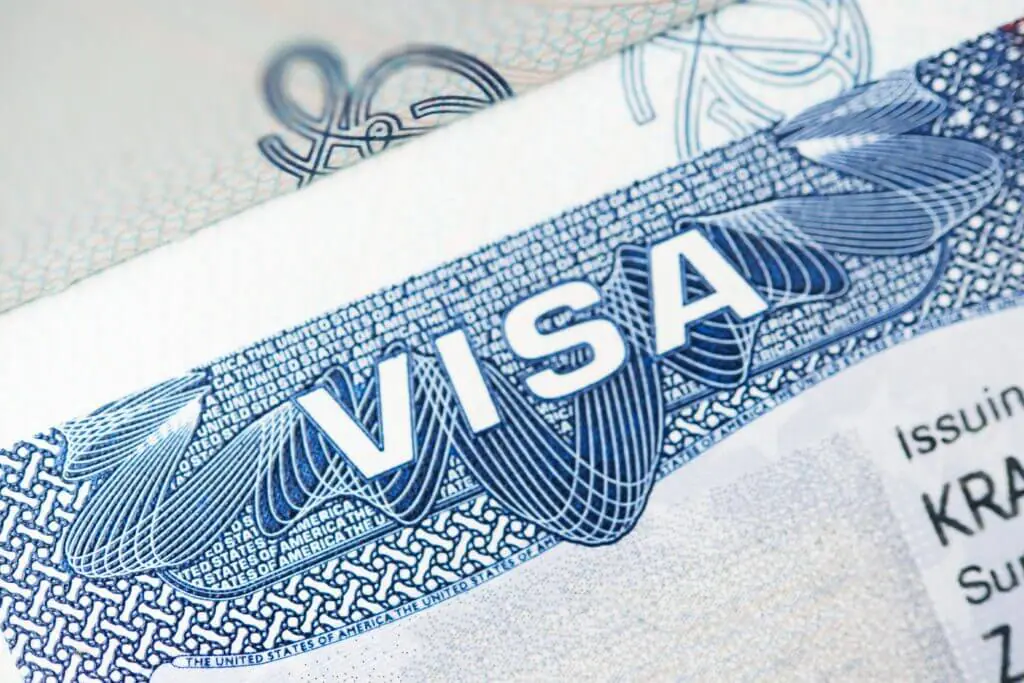By Siddhi Vinayak Misra
As U.S. work visa policies tighten under the Trump administration, with new requirements like social media vetting for F, M, and J visa applicants, highly skilled professionals are turning to alternative pathways: the O-1 and EB-1 visas. Dubbed the “Einstein visa” for its association with top-tier talent, the EB-1A category offers a direct route to a green card for individuals with extraordinary abilities. Here’s what you need to know.
O-1 Visa: For Non-Immigrant Extraordinary Talent
What Is the O-1 Visa?
The O-1 is a non-immigrant work visa for individuals demonstrating “extraordinary ability” in sciences, arts, education, business, or athletics, or “extraordinary achievement” in film/TV. Unlike the H-1B, it has no annual cap and a high approval rate (~93% vs. H-1B’s 37%).
Two Key Categories:
O-1A – For extraordinary ability in science, education, business, or athletics.
Examples: Researchers with major publications, elite athletes, and top-tier executives.
O-1B – For extraordinary ability in arts or extraordinary achievement in film/TV.
Examples: Award-winning actors, directors, musicians, or visual artists.
Eligibility Requirements
Applicants must provide extensive evidence, such as:✔ Nationally or internationally recognized awards (e.g., Nobel, Pulitzer, Oscar, Olympic medal).✔ Membership in elite associations requiring outstanding achievements.✔ Published material about the applicant in major media.✔ High salary or commercial success (for arts/entertainment).
Key Details:
Duration: Initially 3 years, with extensions possible.Cost: $10,000–$30,000 (legal fees, premium processing).Trend: 22,600+ O-1 visas issued in 2024, up from 18,894 in 2023.
EB-1 Visa: The “Einstein Visa” for Permanent Residency
What Is the EB-1A (Einstein Visa)?
The EB-1A is an employment-based green card for individuals of “extraordinary ability” who can demonstrate sustained national or international acclaim. Unlike the O-1, it does not require a job offer or employer sponsorship.
Who Qualifies?
Applicants must meet at least 3 of 10 criteria, including:✔ Major internationally recognized awards (e.g., Nobel, Oscar, Olympic medal).✔ Published scholarly articles in major journals.✔ Judging the work of peers (e.g., serving as a reviewer for top journals).✔ Commercial success in the arts (e.g., high sales, box office records).
Key Advantages Over Other Visas:
✅ No labor certification required (unlike EB-2/EB-3).✅ Self-petition allowed (no employer needed).✅ Faster processing (no backlog for most countries).
O-1 vs. EB-1: Which One Is Right for You?
O-1 – Those needing temporary U.S. work status.EB-1A – Those seeking permanent residency without employer dependency.
Why Are These Visas Gaining Popularity?
Stricter H-1B Rules – With increased scrutiny and a 37% approval rate, professionals seek alternatives.No Lottery System – Unlike the H-1B, O-1 and EB-1 have no random selection.Social Media Vetting Avoidance – Only F/M/J visas currently require social media screening.
1. Do O-1 and EB-1 applicants need social media vetting?
No—only F (student), M (vocational), and J (exchange visitor) visas require social media disclosure.
2. Can O-1 visa holders apply for a green card?
Yes—many O-1 holders later transition to EB-1A or other employment-based green cards.
3. How long does EB-1 processing take?
Typically 6–12 months, but premium processing (for an extra fee) can speed it up.
4. What’s the success rate for EB-1A?
Approval rates hover around 80–90% for strong applications.
Final Takeaways
O-1 Visa → Best for temporary work in the U.S. for top talent.EB-1A (Einstein Visa) → Best for permanent residency without employer ties.Trend → Rising demand as H-1B becomes harder to secure.
If you qualify for EB-1A, it’s often the smarter long-term play—bypassing the H-1B lottery altogether.
